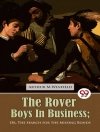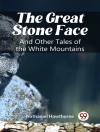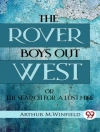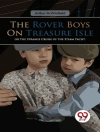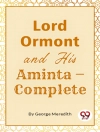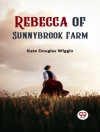Virginia Woolf’s ‘Between the Acts’ is a seminal exploration of the intricacies of human experience, framed through the lens of a single day in the English countryside. Woolf employs her renowned stream-of-consciousness style, deftly weaving the thoughts and dialogues of her characters into a lyrical tapestry that reflects their intricate inner lives. Set against the backdrop of a fading pre-World War II England, the narrative encapsulates themes of identity, art, and the passage of time, while intentionally blurring the lines between life and performance—an echo of Woolf’s own literary experimentalism. Woolf, a pivotal figure in the modernist movement, drew upon her own experiences within the Bloomsbury Group and her interactions with the socio-political landscape of the early 20th century to fuel her narratives. ‘Between the Acts, ‘ her final novel, was notably inspired by her deepening concerns about war, societal changes, and the role of art in tumultuous times. As Woolf’s own life neared its tragic end, this work encapsulated her enduring quest to capture fleeting moments of reality and the ineffable nature of existence. This novel is highly recommended for readers interested in a profound literary experience that transcends conventional storytelling. Woolf’s intricate characterization and philosophical musings invite reflection, making this book an essential addition to the canon of modernist literature. It beckons not only to lovers of Woolf’s work but also to those eager to explore the intersections of art and life.
Tentang Penulis
Virginia Woolf (1882–1941) was an emblematic figure of modernist literature and a central part of the Bloomsbury Group, which revolutionized artistic and literary thinking during the early 20th century. Woolf’s narrative style was distinguished by her stream of consciousness technique, a literary method characterized by the representation of an individual’s inner thoughts and emotions in a flow reminiscent of natural thought processes, devoid of implied logic or chronological order. Her contributions to literary form and feminist discourse are evident in her extensive body of work, which includes novels, essays, and criticism. Among her most celebrated works are ‘Mrs Dalloway’ (1925), ‘To the Lighthouse’ (1927), and ‘Orlando’ (1928). ‘Between the Acts’ (1941), Woolf’s last novel published posthumously, encapsulates her thematic exploration of the interconnectedness of life and art, within the backdrop of an English village before World War II, portraying the subtle fabric of society through the staging of a play. With an impressive oeuvre that delves deep into the complexities of human consciousness and societal norms, Woolf’s literary achievements continue to influence writers and scholars. Her introspective and poetic prose has not only shaped the trajectory of English literature but has also provided a platform for progressive discussions on gender roles and the psyche.


